
The Amazon rainforest is still burning. Many people are concerned about the forest and the animals living there. Do you want to know more about them?
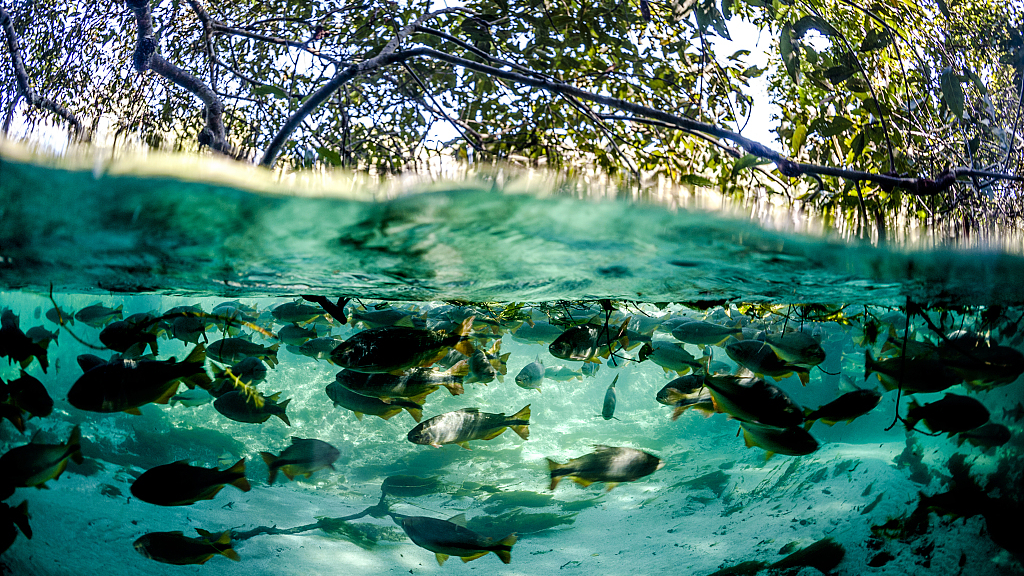
Thousands of fish species live in the Amazon River. /VCG Photo
The Amazon River is the largest river in the world by discharge volume. It also accommodates numerous aquatic creatures. According to scientists from the University of California, 5,600 known species of fish call the river home, and approximately fifty new species are discovered each year. Take a look at this super aquarium!
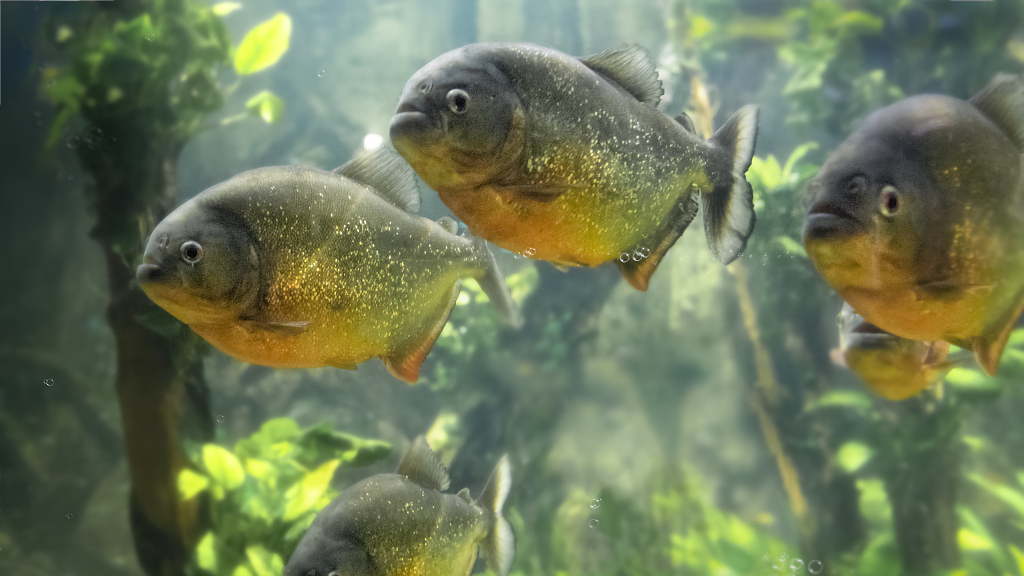
The sharp teeth and eating habits on the piranha earned it the name "man-eating fish" in Chinese. The notorious fish is known to congregate in large schools and can attack livestock and even humans. /VCG Photo
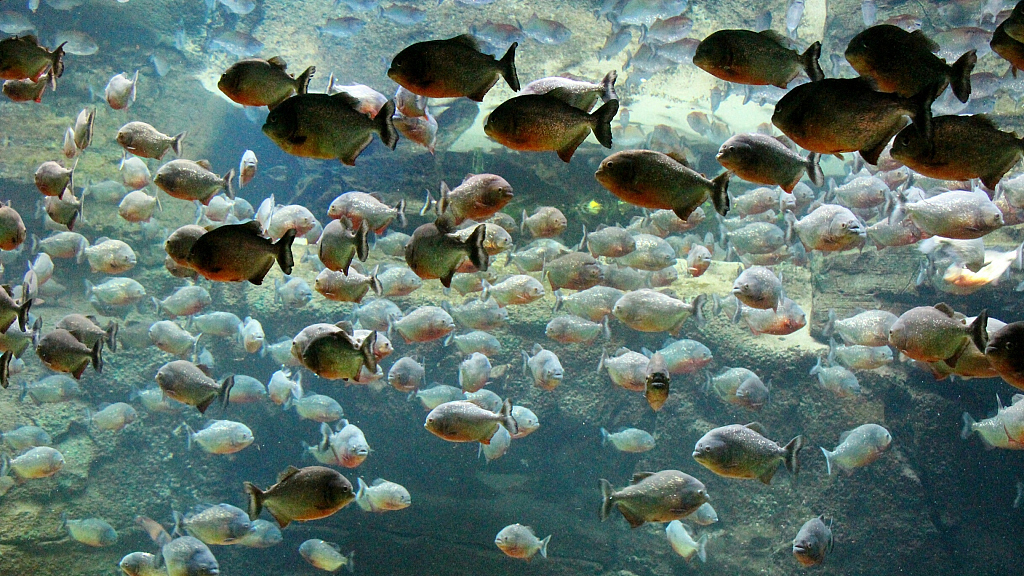
However, its bad reputation may not be completely true. Dozens of species of piranha live in the Amazon River, and only a few have ever attacked humans. /VCG Photo

With teeth like sharpened daggers, the piranha has one of the strongest bites found in bony fishes, even in all vertebrates. /VCG Photo

The arapaima is one of the largest freshwater fishes. A mature arapaima could be up to four meters long and weigh over 200 kilograms. The diet of the arapaima consists of fish, crustaceans, even small land animals that walk near the shore. /VCG Photo
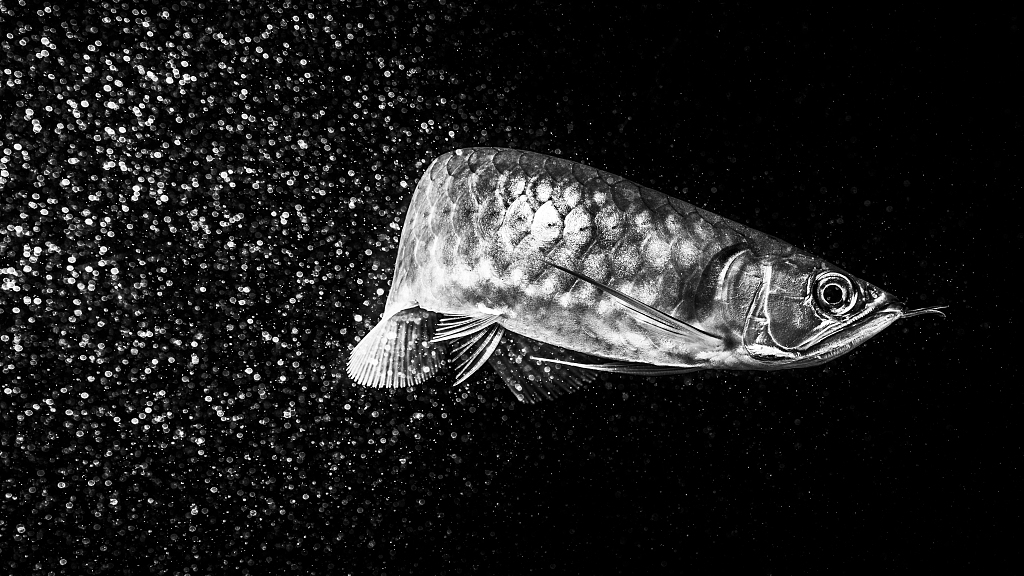
Many Chinese are familiar with the arowana, especially the silver arowana. In China, it is called the "silver dragon fish." It can fetch a very high price, due to people’s belief in feng shui, which sees the fish as a sign of good luck. /VCG Photo
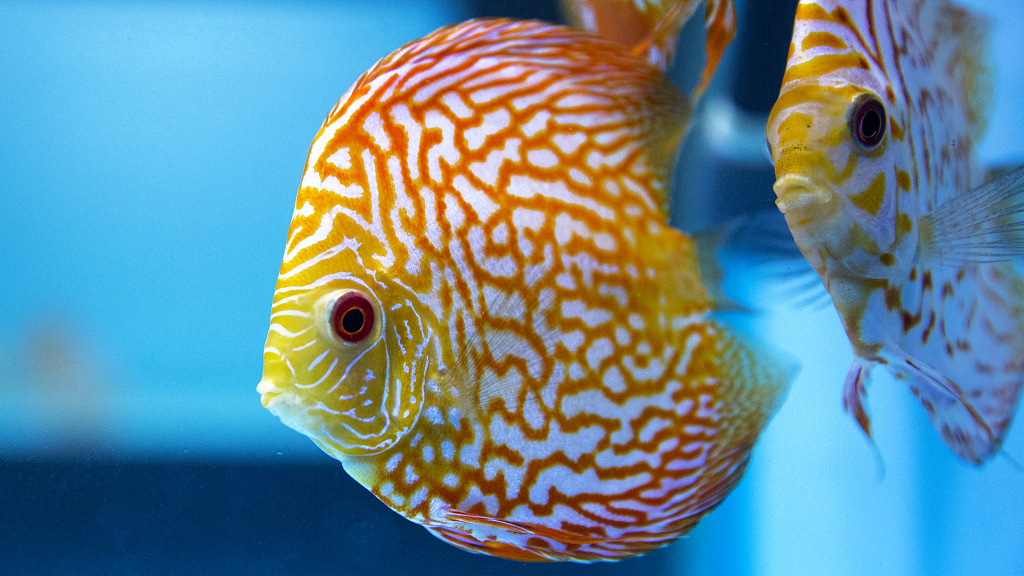
The discus fish is one of the most beautiful fishes in the Amazon. It is also popular as a pet because of its distinctive shape and bright colors. /VCG Photo
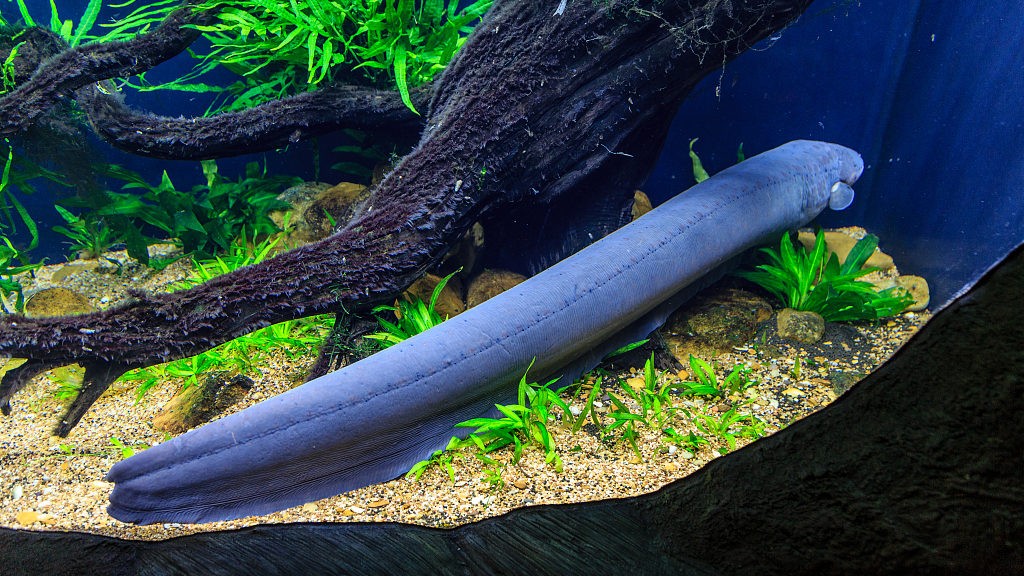
Despite its name, the electric eel is not an eel. It is a knifefish that is more closely related to the catfish. The electric eel has three pairs of abdominal organs that produce electricity, making up four-fifths of its body. /VCG Photo
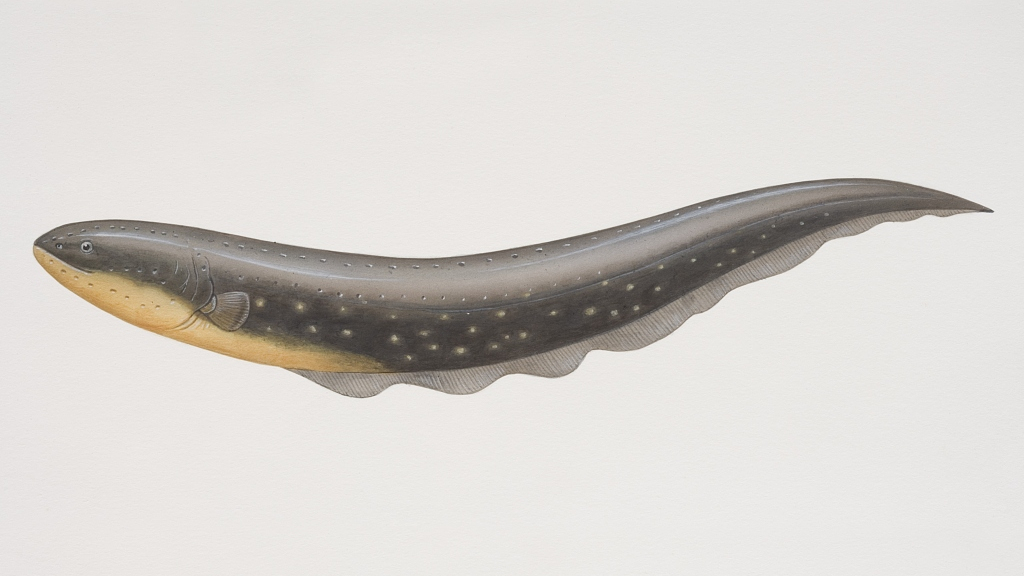
The electric eel can make a shock up to 600 volts and up to 1 ampere of current. This level of current is reportedly enough to produce a brief and painful numbing shock, like a stun gun discharge. It can even be felt for some distance from the fish. /VCG Photo

Electric eels use electricity in multiple ways. Low voltages are used to sense the surrounding environment. High voltages are used to detect prey and stun them. /VCG Photo
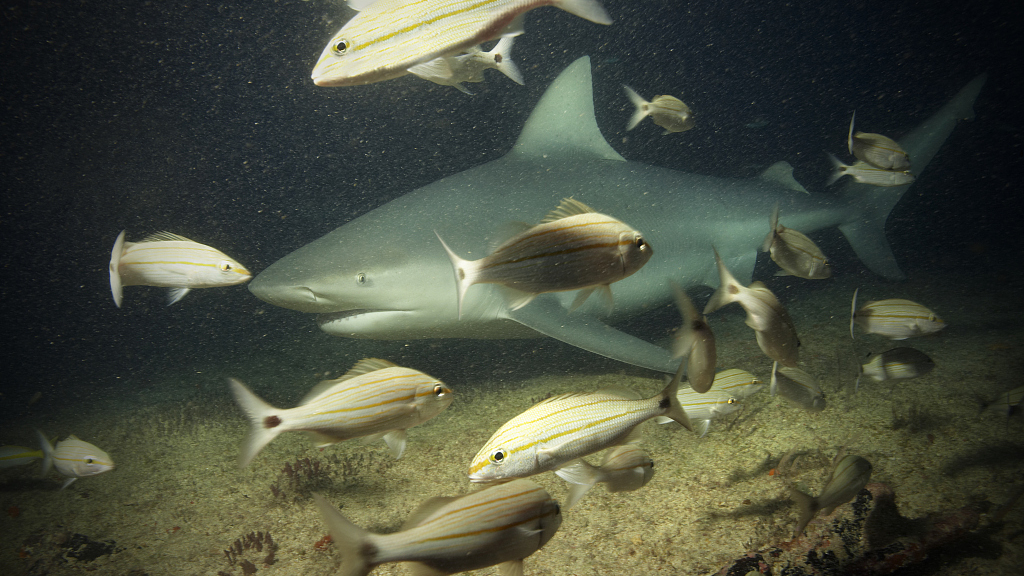
Sharks are usually found in the ocean. But the bull shark calls the Amazon River home. It can thrive in both salt and fresh water and can travel far up in rivers. /VCG Photo
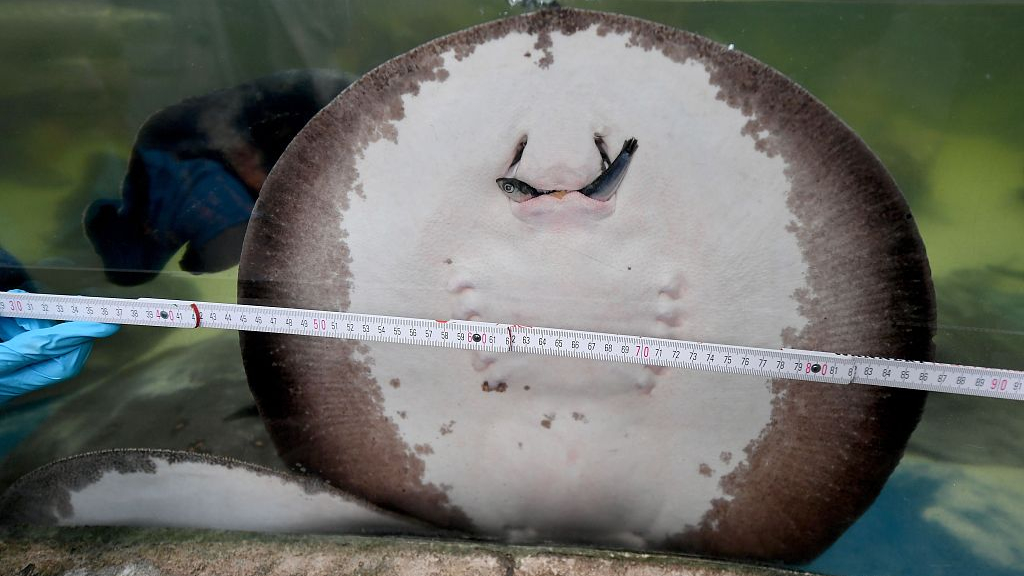
The river stingray is another strange guy who decides not to live the same life as its kind. Unlike most stingrays, the river stingray lives in fresh water. /VCG Photo
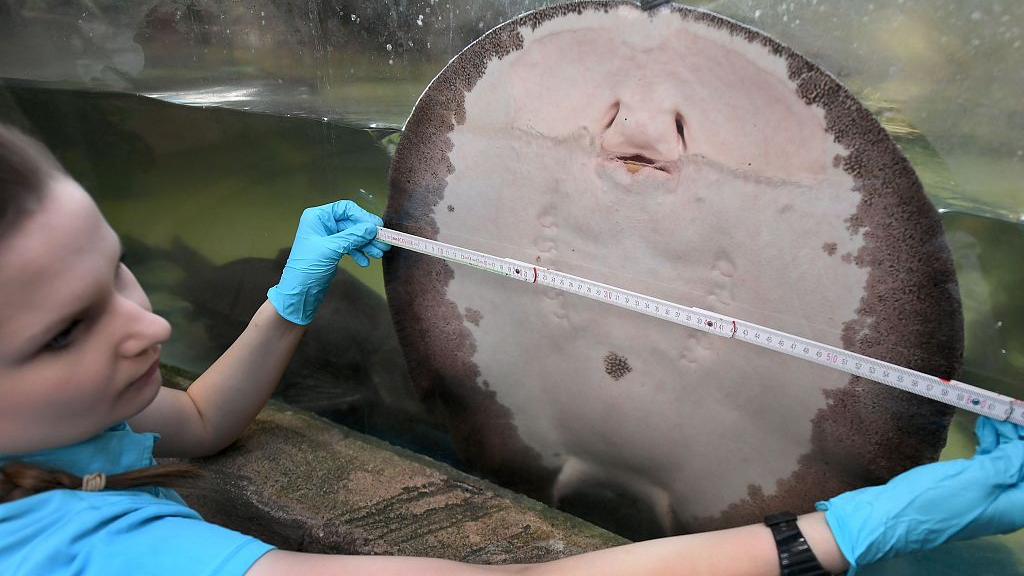
A freshwater stingray is measured during the annual inventory at the Sea Life aquarium in Hanover, northern Germany. The river stingray can be as large as two meters. It has venomous tail stinger to protect itself. Another feature of the amazing creature is that the female gives birth to little fishes, not eggs. /VCG Photo
To discover more about Amazonian creatures, check here:
Exotic species in the Amazon rain forest – mammals
Exotic species in the Amazon rainforest – birds
(Cover image via VCG)
(If you want to contribute and have specific expertise, please contact us at nature@cgtn.com.)

Copyright © 2018 CGTN. Beijing ICP prepared NO.16065310-3
Copyright © 2018 CGTN. Beijing ICP prepared NO.16065310-3